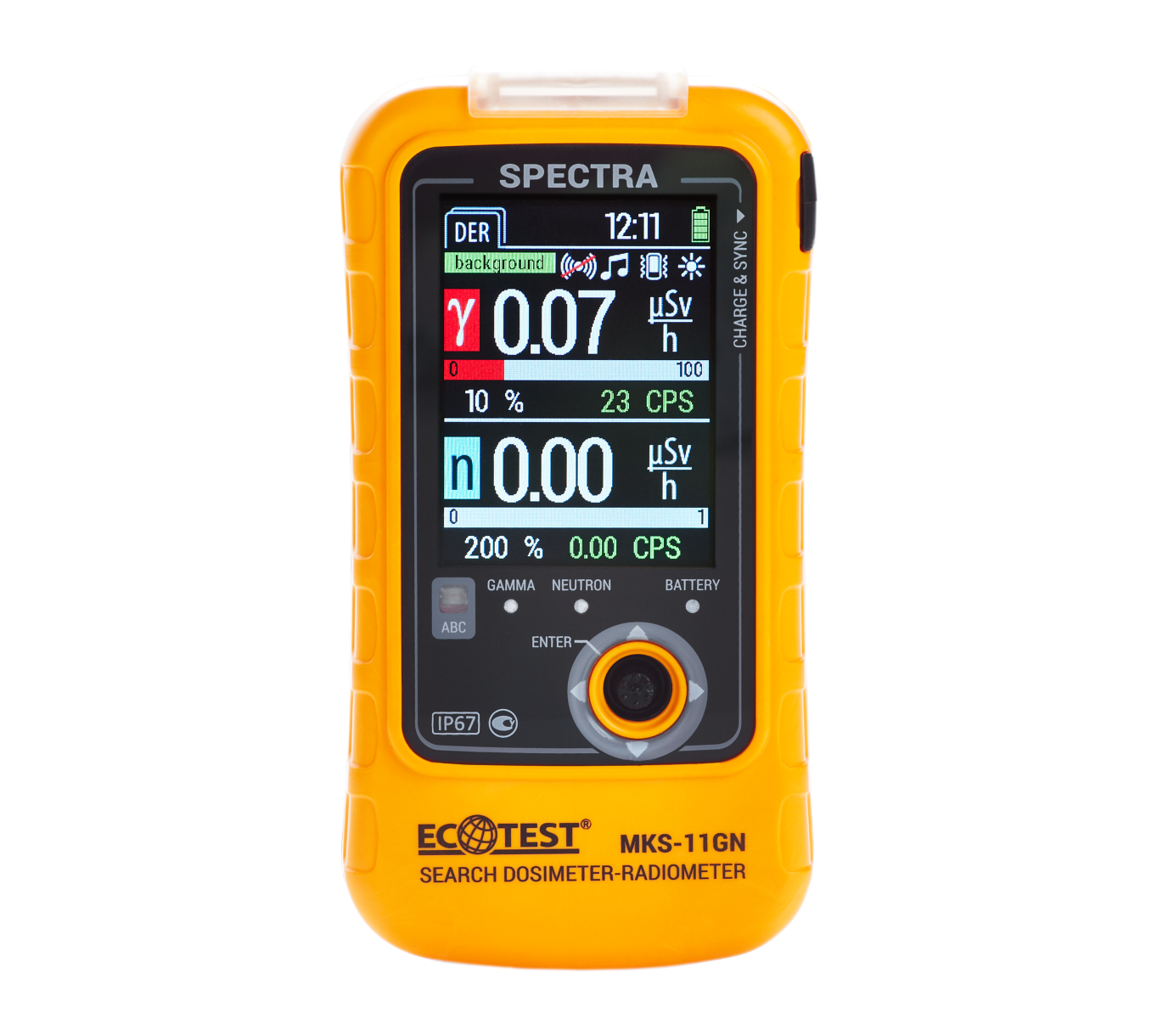
[ and split, a set of filter functions areĭefined for Spectra objects (for detailed help please see Levels and retention times for the spectra in sps.Īpart from classical subsetting operations such as We use msLevel and rtime to access the MS These are part of the core variablesĭefining a spectrum and for all of these accessor methods exist. Spectra object sps, it contains more variables "id" and "name", that were specified for the The two Spectra contain a different set of variables: SpectraVariables ( sps_sciex ) # "msLevel" "rtime" # "acquisitionNum" "scanIndex" # "dataStorage" "dataOrigin" # "centroided" "smoothed" # "polarity" "precScanNum" # "precursorMz" "precursorIntensity" # "precursorCharge" "collisionEnergy" # "isolationWindowLowerMz" "isolationWindowTargetMz" # "isolationWindowUpperMz" "peaksCount" # "totIonCurrent" "basePeakMZ" # "basePeakIntensity" "ionisationEnergy" # "lowMZ" "highMZ" # "mergedScan" "mergedResultScanNum" # "mergedResultStartScanNum" "mergedResultEndScanNum" # "injectionTime" "filterString" # "spectrumId" "ionMobilityDriftTime" # "scanWindowLowerLimit" "scanWindowUpperLimit" Section Backends for more details on backends Keeps only a subset of spectra variables in memory while reading the m/zĪnd intensity values from the original data files only on demand. This backend, specifically designed for raw MS data, MsBackendMzR backend to store the data (note that Spectra object from two mzML files and define to use a Spectrometry raw files in mzML/mzXML or CDF format. 18 more variables/columns.Īlternatively, it is possible to import spectra data from mass Library ( Spectra ) spd # 1 2 NA NA # 2 2 NA NA # 3 2 NA NA #. Also, some only make sense for MSn, but not for smoothed logical(1): whether the spectrum wasįor details on the individual variables and their getter/setterįunction see the help for Spectra ( ?Spectra).Īlso note that these variables are suggested, but not required toĬharacterize a spectrum.


Mass spectrometry data in Spectra objects can be thought


 0 kommentar(er)
0 kommentar(er)
